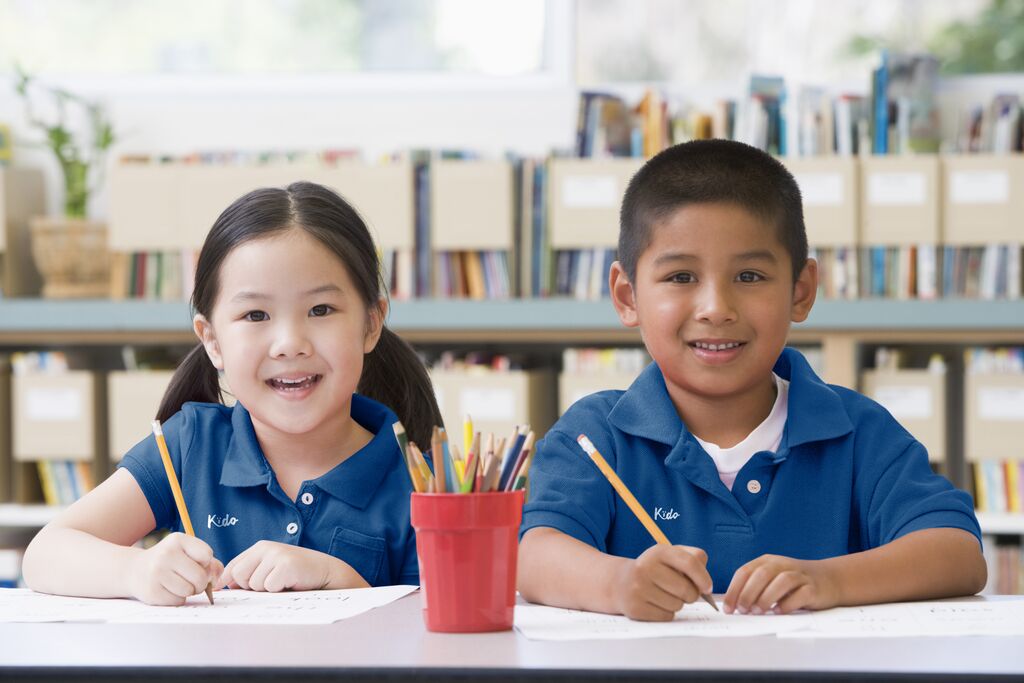
Bilingual Programs vs. Immersion Programs: Understanding the Differences and Benefits
Learn how bilingual vs. immersion programs enhance cognitive, linguistic, and cultural skills and make informed choices for your child’s multilingual journey.
In today’s highly interconnected world, the importance of dual-language, or even multiple-language learning has grown significantly. Parents and educators are increasingly exploring language education models to equip children with linguistic, cognitive, and cultural advantages, but more importantly, they are increasingly seen as an independent driver of positive short-, medium- and long-term outcomes for young children. In this regard, two prominent approaches are bilingual programs and immersion programs. While both aim to develop proficiency in multiple languages, they differ in methodology, goals, and outcomes. This article examines the differences between bilingual and immersion education and their respective benefits to help parents make informed decisions.
What Are Bilingual Programs?
Bilingual programs are designed to teach students in two languages—typically their native language and a second language—over an extended period. These programs can take several forms:
- Transitional Bilingual Education (TBE): Focuses on transitioning students from their native language to the dominant language (e.g., English) while gradually reducing instruction in their first language.
- Dual-Language Bilingual Education (DLBE): Aims for full bilingualism and biliteracy by teaching academic content in both languages equally.
- Maintenance Bilingual Education (MBE): Prioritizes preserving and developing the student’s native language alongside acquiring a second language.
Key Features:
- Instruction is split between two languages.
- Emphasis on developing literacy and academic skills in both languages.
- Often targets students who are already bilingual or from minority language backgrounds.
Benefits of bilingual programs:
- Cognitive Development: Research shows cognitive benefits of bilingual education in early childhood. It enhances metalinguistic awareness, problem-solving skills, and executive function.
- Cultural Competence: Students gain a deeper understanding of diverse cultures, fostering empathy and global awareness.
- Academic Advantages: Studies indicate that bilingual students often outperform monolingual peers in subjects like reading and math over time.
What Are Immersion Programs?
Immersion programs, like those offered at many US locations of Kido International Preschool, introduce children to a second language by making it the main language for communication, play, and learning across subjects. For infants and toddlers, the focus is more on environmental cues, while older children engage with more traditional teaching materials. There are two main types:
- Full Immersion: All instruction is delivered in the target language, especially in early grades.
- Partial Immersion: A portion of the curriculum is taught in the target language, while the rest is taught in the student’s native language.
Key Features:
- Focuses on rapid acquisition of the second language.
- Students are “immersed” in an environment where the target language is used for communication and learning.
- Often targets monolingual students aiming to become bilingual.
Immersion Education Benefits:
- Language Proficiency: Immersion programs help students achieve near-native fluency in the target language.
- Academic Integration: By learning academic content through a second language, students develop subject knowledge alongside linguistic skills.
- Global Competitiveness: Graduates of immersion programs are well-prepared for careers requiring multilingual capabilities.
Key Differences Between Bilingual and Immersion Programs
| Aspect | Bilingual Programs | Immersion Programs |
| Primary Goal | Develop bilingualism and biliteracy | Achieve fluency in a second language |
| Target Audience | Bilingual or minority-language students | Monolingual students |
| Instructional Approach | Split between two languages | Primarily or entirely in the target language |
| Cultural Focus | Emphasizes cultural preservation | Focuses on cultural exposure |
| Cognitive Outcomes | Enhances metalinguistic awareness | Strengthens cognitive flexibility |
How to Choose the Right Program for Your Child
Choosing the right language program for children depends on various factors:
1 - Child’s Background:
- If your child already speaks a minority language at home, a bilingual program may help maintain their native language while adding another.
- If your child is monolingual, immersion programs can provide an effective pathway to bilingualism.
2 - Educational Goals:
- For long-term biliteracy and cultural preservation, bilingual programs are ideal.
- For rapid second-language acquisition with academic integration, immersion programs may be better suited.
3 - Community Resources:
- Consider whether your local schools offer robust support systems for either program type, including qualified teachers and access to multicultural materials.
4 - Parental Involvement:
- Parents play a crucial role in reinforcing what children learn at school. For example, families with positive attitudes toward multilingualism often see better academic outcomes for their children.
The Growing Importance of Dual-Language Learning
The integrated approaches to early child development that stress multiple intelligences and the interconnectedness of learning pathways have naturally led to a resurgence of interest in multiple language immersion as an independent opportunity area for cognitive development. Given resource constraints, and the desire to also achieve other equally important academic goals for kindergarten preparedness, the best models limit themselves to dual as opposed to multiple language immersion.
Both bilingual and immersion programs offer significant advantages that go beyond linguistic skills:
- They prepare students for a globalized economy where multilingualism is increasingly valued.
- They foster cross-cultural understanding, an essential skill in diverse societies.
- They contribute to cognitive flexibility, which benefits academic performance across disciplines.
As research continues to highlight these benefits, dual-language education is gaining traction worldwide as a cornerstone of 21st-century learning.
Bilingual and immersion programs each provide unique pathways to multilingualism. While bilingual programs emphasize biliteracy and cultural preservation, immersion programs focus on fluency through intensive exposure. Both approaches equip children with invaluable skills for cognitive development, cultural competence, and global readiness. Kido, one of the best dual language preschools in Houston, offers immersion programs in early years education.
Ultimately, the choice between these models depends on your child’s needs, background, and future aspirations. By understanding the differences and benefits of each approach, parents can make informed decisions that set their children up for lifelong success in an interconnected world.